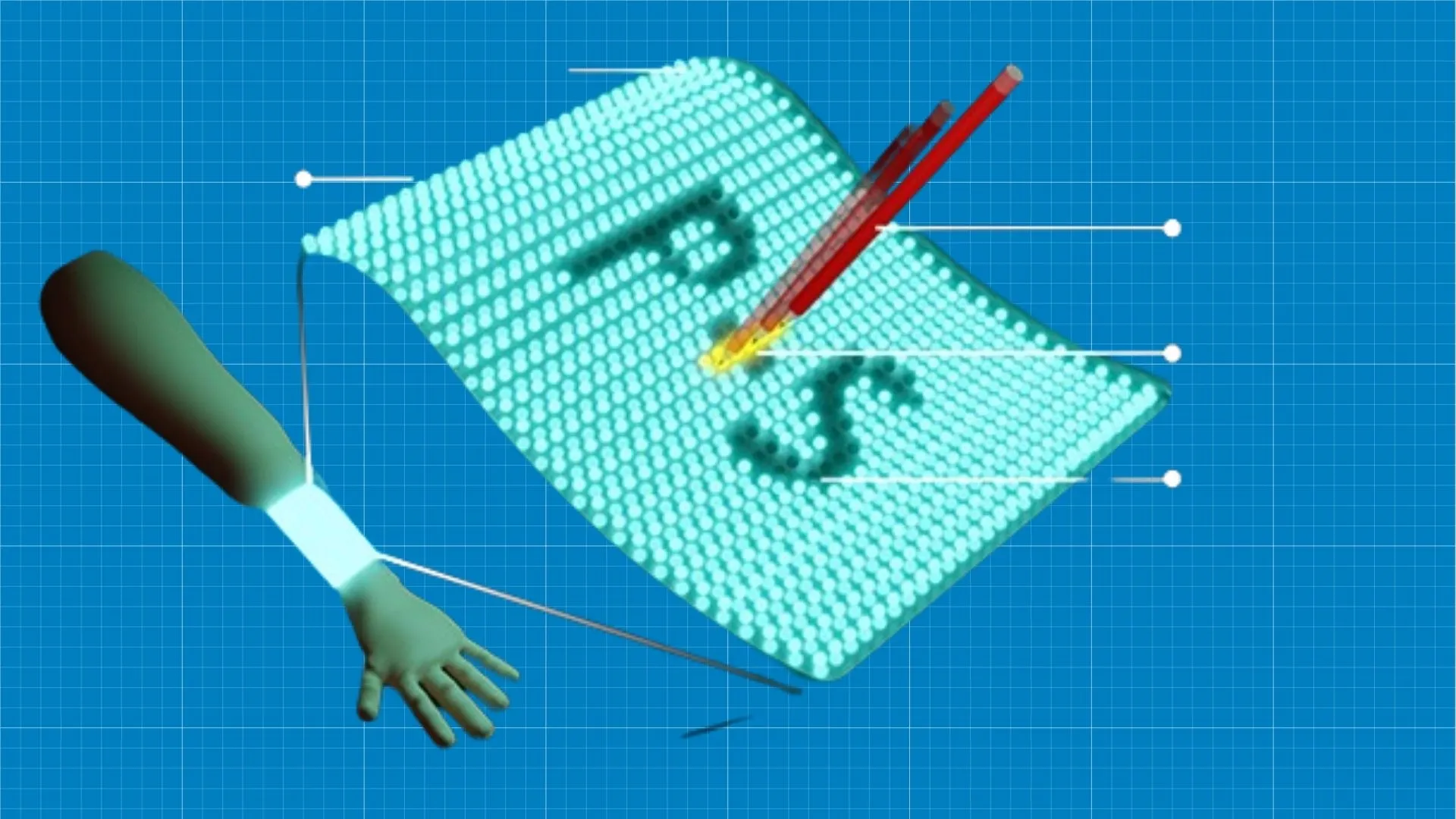Airports are complex environments with many potential risks that must be properly managed to ensure safe operations. Implementing an effective safety management system (SMS) allows airports to systematically identify hazards, assess risks, and eliminate or mitigate dangers. By taking a proactive approach to safety, airports can prevent incidents and accidents that could result in damage, injuries, or fatalities. This article examines five key risks that airports face and how SMS processes can address them.
Runway Incursions
One of the most significant risks for airports is runway incursions, which occur when an unauthorized aircraft, vehicle, or person enters an active runway. This can potentially cause collisions and catastrophic accidents. SMS processes allow airports to analyze data, identify problematic hotspots or procedures, and implement strategies to reduce incursions.
Marking runways and taxiways clearly, and using signage, lighting, and markings helps pilots and drivers maintain situational awareness and avoid mistakes. Airport maps and diagrams provide visual references. Regular maintenance ensures markings are visible. Access points to runways can be limited and controlled through gates, barriers, or technology systems. Standard taxi routes also guide traffic properly.
Air traffic control procedures are crucial for maintaining separation and avoiding confusion. Controllers undergo extensive training on tower operations, communications, and systems. Airport staff are kept current on rules and standards through regular briefings. Coordination protocols between the control tower and ground vehicles optimize visibility. Alert systems provide warnings to controllers for potential conflicts.
With multiple parties operating in the airport environment, strong communication and reporting among air traffic control, pilots, ground crews and other staff creates layers of safety oversight. SMS encourages continuous analysis of data to identify trouble spots, understand the root causes of incursions, and refine procedures to enhance runway safety.
Bird Strikes
What is Bird Strike? A bird strike is a collision between birds and aircraft. They pose a significant safety risk to flights, often causing dangerous emergencies. According to FAA data, over 220,000 bird strikes have been reported in the US since 1990, causing hundreds of deaths and billions in aircraft damage. Implementing an SMS approach allows airports to better manage this threat.
The first priority is assessment – surveying environments to identify bird species, populations, flight paths, and behaviors. Data gathering and reporting systems track all bird strike incidents, detailing specifics like altitude, phase of flight, weather, and bird type. Analysis of this data pinpoints higher risk zones, seasons, and flight schedules.
Steps can then be taken to modify environments and discourage bird habitation and flyways. Draining or eliminating bodies of water removes a major attractant. Managing vegetation reduces food sources and hiding spots. Installing perimeter fencing deters birds from roosting and nesting. Active harassment with pyrotechnics, propane cannons, and other tools can be used to frighten birds away from airports.
Aircraft operating protocols can also be adjusted to minimize collisions during high-risk periods. This may include altering approach patterns, overnight parking locations, engine run-up restrictions, and takeoff/landing rules. Prioritizing waste management and eliminating food sources further helps create an unappealing environment.
With continual monitoring, data analysis, and adaptability, airports can take a strategic SMS approach to reduce bird strike risks. This protects aircraft and passengers and mitigates a major hazard.
Aircraft Ground Damage
Ramp areas are filled with ground support vehicles and equipment that can collide with or cause damage to aircraft while servicing, fueling, loading, and unloading. Debris and jet blasts are other hazards. SMS provides a framework to identify risks, analyze data, and promote active mitigation strategies.
Strict rules govern ramp operations, vehicle and employee certification, markings, protective barrier use, personal protective equipment requirements, and speed limits. Standard procedures establish safe fueling operations, engine start protocols, towing methods, equipment use, FOD prevention, and other processes. Supervisors and ramp agents are trained to be vigilant of activities, enforce rules, and prevent unsafe conditions. Staff can report issues or concerns via safety reporting systems.
Data gathered through inspections, audits, and tracking of incidents pinpoint problem areas in need of solutions. Analysis considers factors such as layout, design, congestion issues, human behaviors, and more. Updated signing, new markings, added protections and changes to procedures, training or equipment may be warranted based on findings. Continual monitoring, assessment, and enhancement promote a safer ramp environment.
Cybersecurity Breaches
Airport IT systems contain sensitive data supporting key functions such as airport operations, air traffic control communications, security screening, aircraft telemetry, passenger processing, and more. Cyberattacks pose threats of systems failures, compromised data, and massive disruption.
Using SMS principles, airports perform risk assessments of critical IT infrastructure and cybersecurity controls. Vulnerability testing and audits identify gaps to be addressed before incidents occur. IT professionals train employees on cybersecurity risks, proper data practices, and identifying threats. Monitoring, firewalls, threat detection software, and access controls provide layered defenses. Plans cover disaster recovery, ensuring backup systems allow continuity if breaches happen.
Cybersecurity risks evolve rapidly, so SMS involves continuous improvement. Airports analyze attempted infiltrations, conduct updated assessments, and refine defenses regularly. They share intelligence on emerging threats with government agencies and industry partners. Review processes verify security controls and procedures are enhanced to counter new vulnerabilities. With vigilance and adaptation, cyber risks are minimized.
Crisis/Emergency Preparedness
From extreme weather events to public health crises, airports must prepare for emergencies that could severely disrupt operations. Power outages, fires, accidents, hazardous material releases, sabotage or terror threats, and other scenarios must be planned for. SMS enables proactive risk assessment, contingency planning, training, and exercises.
A thorough hazard analysis considers potential emergency scenarios based on airport geography, climate, infrastructure, operations, and other factors. Plans outline roles and actions required in response situations, ensuring coordinated efforts across departments and community partners. Identifying resources needed for contingencies allows advance preparation.
Response team training on emergency protocols and specialized skills such as incident command principles help develop readiness. Drills and exercises validate plans to function effectively during simulated crises. Analyzing outcomes identifies improvements and training gaps. Reviewing crisis trends enables adaptation of plans over time. With rigorous contingency planning guided by SMS principles, airports build resilience against emergencies of all types.
Conclusion
Airports face complex safety challenges every day. By taking a systematic, proactive approach enabled by SMS processes, airports can continuously assess risks, develop effective mitigation strategies, and enhance operational safety. Identifying hazards before incidents occur is critical. Understanding the root causes of problems allows targeted solutions. With collaboration across all stakeholders and a sustained commitment to safety management principles, airports position themselves to prevent accidents, reduce damage, and save lives.







